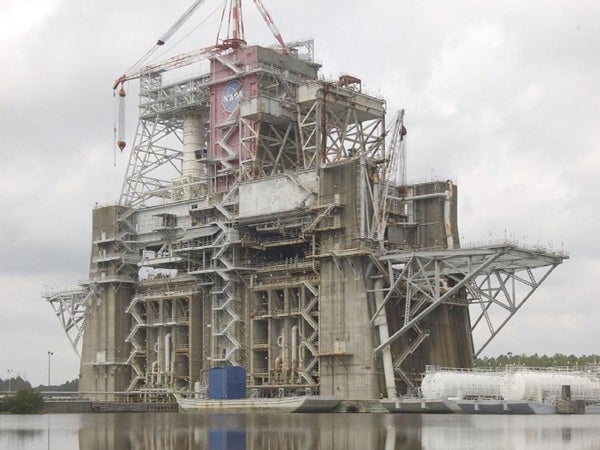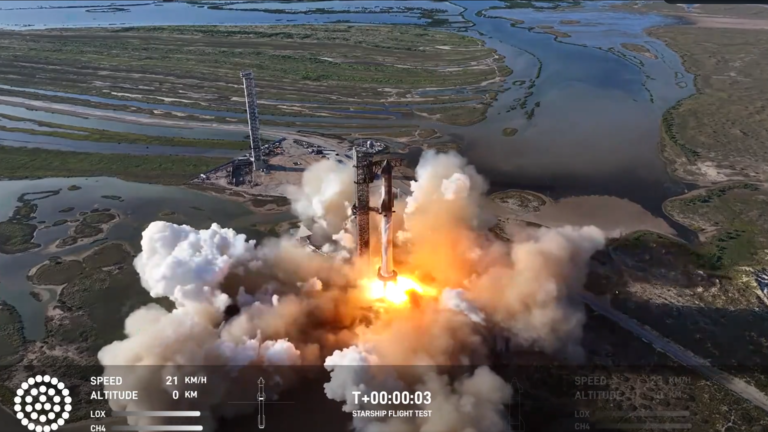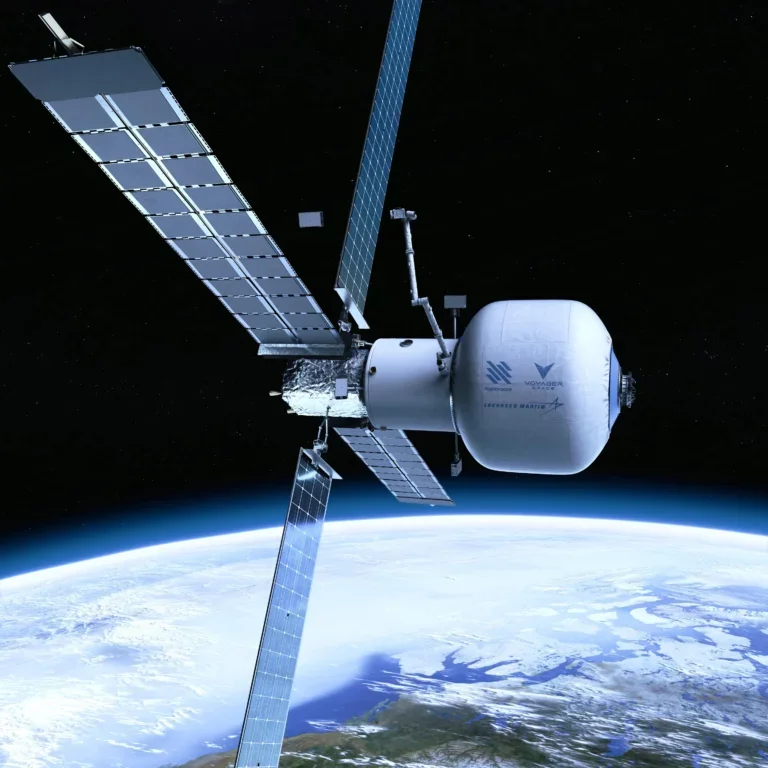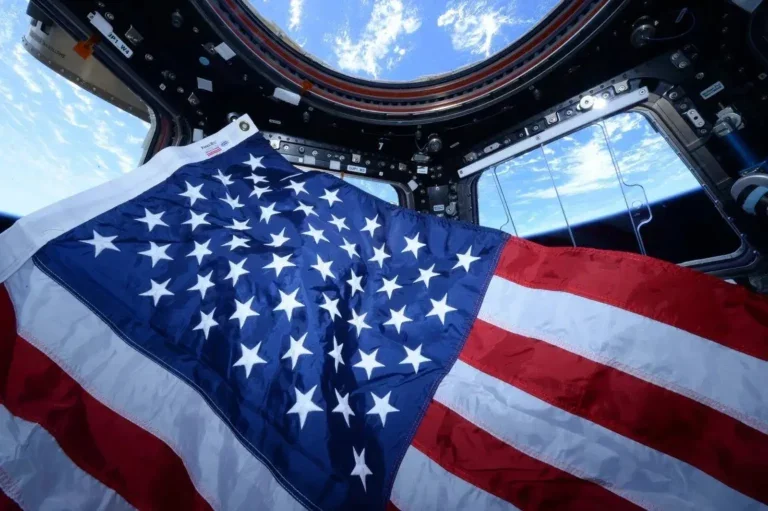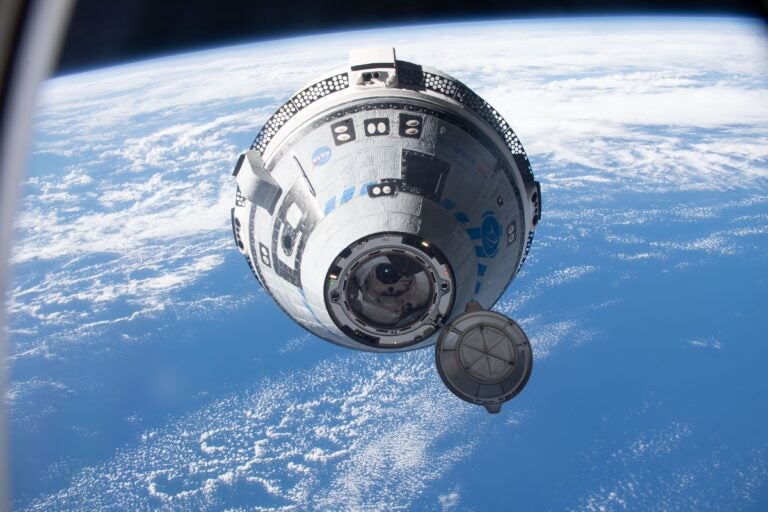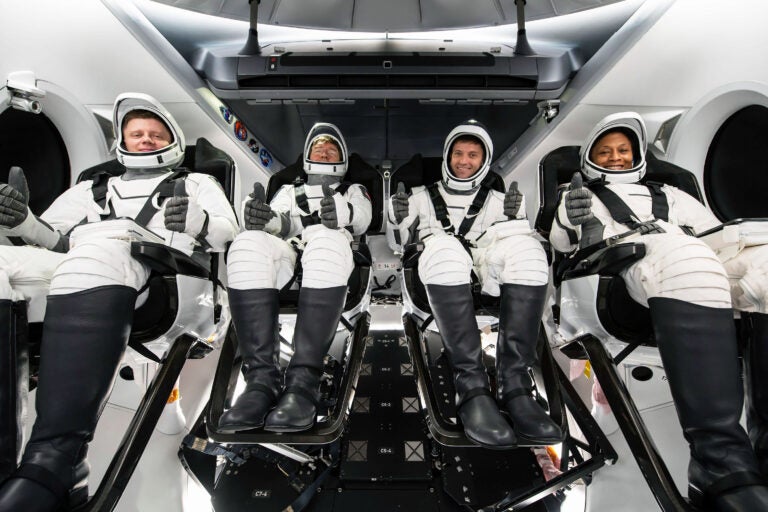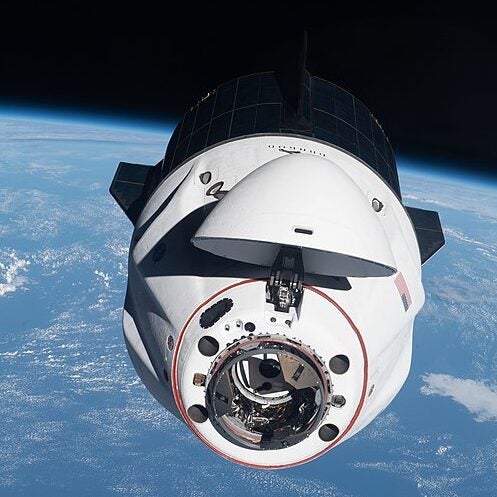Before NASA’s new Space Launch System (SLS) flies to space on its inaugural mission in 2017, it will fly in place at the agency’s Stennis Space Center in Mississippi.
The B-2 Test Stand at Stennis, originally built to test the Saturn rocket stages that propelled humans to the Moon, is being completely renovated to test the SLS core stage in late 2016 and early 2017.
“These tests will help us understand how the spacecraft and engines behave and provide critical information for ensuring mission safety,” said Rick Rauch, manager of the B-2 Test Stand Restoration, Buildout, and Test Project. “After all, if there are problems, it’s better to address them on the ground than in the air.”
NASA is developing the SLS to send humans deeper into space than ever before — to places like an asteroid and Mars. The SLS, once operational, will launch NASA’s Orion spacecraft from the agency’s Kennedy Space Center in Florida. The first test flight of SLS will be in 2017, when the rocket will send an unmanned Orion spacecraft around the Moon.
Once they restore the B-2 Test Stand, Stennis engineers will arrange SLS’ four engines into a single configuration with the core stage and fire them at nearly full power. This test, called a green run, will determine the compatibility and functionality of the system to ensure a safe and viable design.
The site’s engineers spent 18 months assessing the cost of the work needed to upgrade the B-2 Test Stand from Apollo- and space shuttle-era testing specifications. After NASA made the decision to proceed with renovations, engineers began the first of three project phases.
“In the first phase, we are restoring the test facility to its original design condition, where it could be used to test any number of stages,” Rauch explained. “In the second phase, we will focus on building out the stand specifically to accommodate the SLS core stage. Then, in the third phase, we will complete the structural, mechanical, and electrical interfaces.”
In the end, no area of the stand will be left untouched.
The SLS stage is different from the Saturn and space shuttle propulsion systems. It is taller, standing 212 feet (65 meters). Engineers thus will have to extend the derrick crane atop the stand 50 feet, modify the weight and thrust takeout structures, and erect a higher support frame. The process will involve repositioning an existing 1.2 million-pound (544,300 kilograms) frame by some 20 feet and building a new 100-foot-tall (30 meters) superstructure atop it.
“The teams at the Stennis Space Center are doing a great job preparing the B-2 facility,” said John Rector, SLS Stages Green Run test manager at Marshall Space Flighte Center in Huntsville, Alabama. “We’re on track to begin testing there in 2016. It’s an exciting time for NASA as we establish a new national capability for future space exploration.”
Demolition work began on several test stand levels late last summer. Structural restoration has begun, and engineers will complete the project in time to deliver the SLS core stage in 2016.

